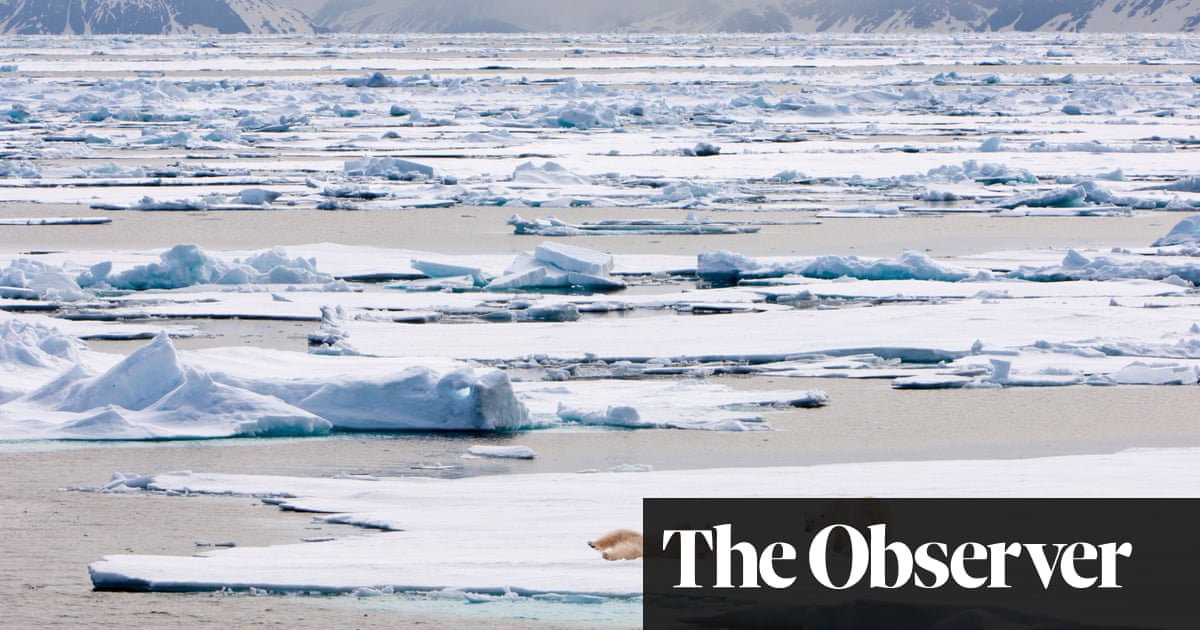The problems that now afflict attempts to establish a military presence in the far north of Canada andGreenlandprovide timely warnings about the miseries that lie ahead for the rest of the planet as global warming continues its remorseless spread.
The Arctic has suffered especially early impacts becausetemperatures here are rising faster than in any other part of our planet. Crucially, this process threatens to trigger even greater climatic mayhem.
Ice is highly effective at reflecting solar radiation back into space, so when the region’s floes and glaciers start to disintegrate and disappear, more and more of the dark soil and ocean that lie below are exposed to sunlight and start to heat up, causing further warming. In effect, humanity is turning up the thermostat that once reflected sunlight and cooled the planet.
This loss of ice has other disturbing consequences. As it disappears, shipping and oil drilling are expanding across the entire region while tourism is spreading. More and more giant cruise ships and tankers are making increasing numbers of visits to the land of ice and snow. In their wake, air and noise pollution in theArcticare worsening, disruptions to marine ecosystems are increasing, and the risks of catastrophic oil spills or major waste discharges are rising with each passing year.
At the same time, Inuit communities, which were once linked by ice, are now facing major social disruption as it disappears and leaves their towns and villages isolated. People living in the Arctic also face major health risks from the increasing fragility of local sea ice and from the spread of diseases in the region’s warming air.
Then there is the impact on wildlife. Polar bears use ice as platforms for hunting, while other creatures, such as seals, find refuge beneath it. In fact, the region’s entire food chain is affected, starting with algae. It grows on the underside of sea ice and is eaten by krill, which are then eaten by Arctic cod, which in turn are eaten by seals, who are a favourite prey for polar bears. Take away the underpinning layer of algae and all sorts of unpleasant consequences could occur.
An avalanche of disruption and desecration has began to sweep the world’s upper latitudes. These should act as stark warnings about the risks that face the rest of our planet.
Sadly, such alerts seem to be having little impact on humanity, which still shows few signs it is going to stop burning fossil fuels or curtail greenhouse gas emissions, the prime causes of global heating. The blight that now affects the Arctic seems destined set to spread to other lands and continents in the near future.
